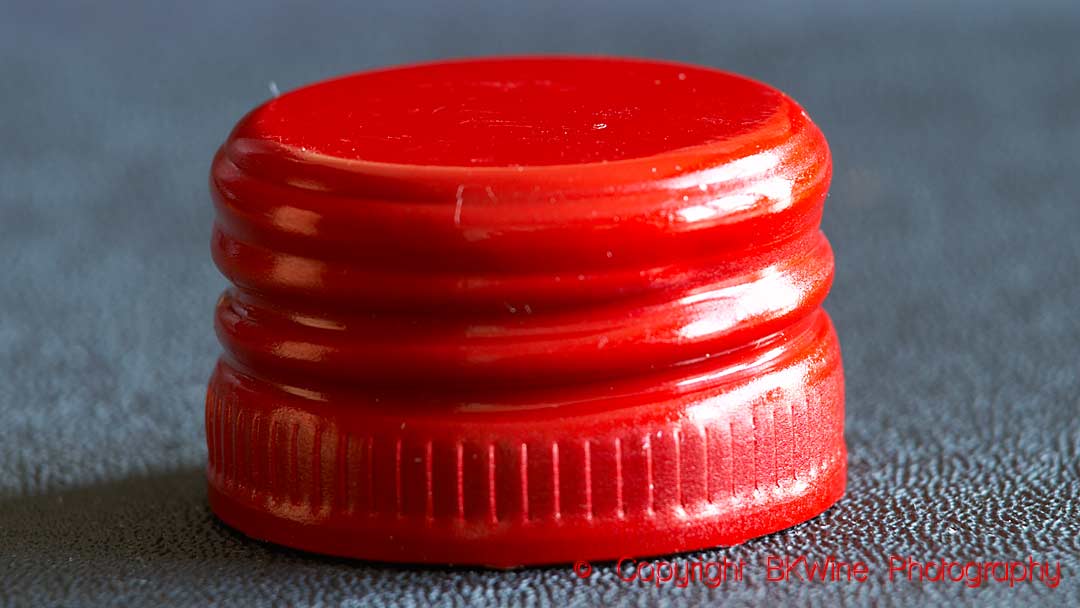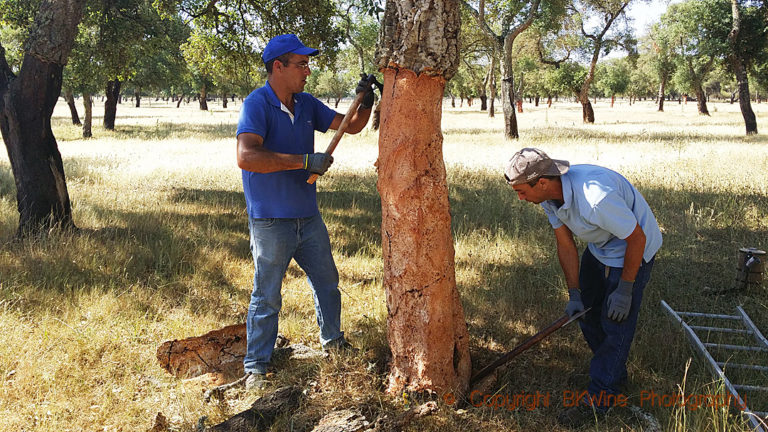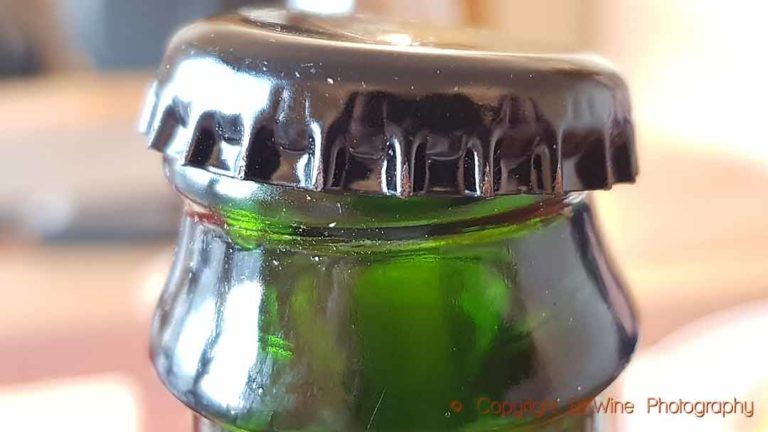The screw cap (“screw cork” or “screw top”) is a success story. All wine countries use it for some of their wines and it largely dominates in Australia and New Zealand. It was in the 1960s that the French company Le Bouchage Mécanique in Chalon-sur-Saône in Burgundy began experimenting with screw caps for wine bottles.
After years of experimentation and testing with wine industry professionals, the very first “Stelvin” aluminium closure was developed in 1964. The brand Stelvin was officially registered in 1976.
At the time, the Swiss considered the Stelvin closure to be ideal for the chasselas grape, which seemed to be particularly prone to cork defects. Later, Stelvin became the best solution to the shortage of corks in Australia in the 1990s.
In 2001, New Zealand established the “Screwcap Initiative” to popularize the use of screw caps on wine bottles instead of natural cork. Stelvin is today manufactured by the large Australian packaging company Amcor. According to the company, one wine bottle out of three in the world is sealed with a screw cap.
Read more: amcor
(Comment: The screw cap, like the natural cork, has advantages and disadvantages. Which one is suitable to use depends on many different factors. It is not so simple that one or the other is obviously “best”.)











